AI & Cyber Weekly: AI-Powered Threats Surge Across Enterprise Infrastructure
Chinese APT Weaponizes Open Source AI, OpenAI Disrupts Nation-State Operations, Supply Chain Attacks Hit 33% of Organizations
October 8, 2025 | By Gabrielle from StrongestLayer
Executive Summary
This week marks a critical escalation in AI-weaponized cyberattacks, with Chinese advanced persistent threat groups actively exploiting open-source AI tools to target enterprise infrastructure [3]. Simultaneously, OpenAI's unprecedented disruption of Russian and North Korean AI-powered influence operations demonstrates the dual-use nature of artificial intelligence in modern cyber warfare [4].
Research reveals AI has emerged as the number one data exfiltration threat facing organizations, fundamentally reshaping enterprise security priorities [5]. Nearly one-third of business leaders report increased cyberattacks on their supply chains, with sophisticated threat actors leveraging AI-enhanced reconnaissance and automation to bypass traditional defenses [1]. Major enterprises including Salesforce and Red Hat face coordinated extortion campaigns, while Microsoft Teams features are being systematically abused by hackers to establish persistence in corporate networks [2][9][14].
AI-Powered Zero-Day Intelligence
Chinese APT Weaponizes Open-Source AI for Enterprise Attacks
Chinese state-sponsored threat actors have successfully weaponized open-source artificial intelligence tools to launch sophisticated attacks against enterprise infrastructure, marking a dangerous evolution in nation-state cyber capabilities [3].
Advanced persistent threat groups linked to Chinese intelligence services are leveraging publicly available AI frameworks to automate reconnaissance, vulnerability exploitation, and lateral movement within targeted networks [3]. The sophisticated campaign demonstrates how adversaries adapt cutting-edge AI technologies for offensive cyber operations against critical infrastructure and enterprise systems.
Technical Analysis: Threat actors utilize machine learning models to analyze network traffic patterns, identify high-value targets, and optimize attack timing to evade detection. The AI-enhanced toolset enables automated exploitation of zero-day vulnerabilities with minimal human intervention.
Enterprise Impact: Organizations face dramatically reduced detection windows as AI-powered attacks adapt in real-time to defensive measures, bypassing traditional signature-based security controls and behavioral analysis systems.
AI Emerges as Top Data Exfiltration Threat
Comprehensive research identifies artificial intelligence as the primary data exfiltration threat facing modern enterprises, surpassing traditional malware and insider threats in both sophistication and volume [5].
AI-driven data exfiltration techniques enable attackers to identify, classify, and extract sensitive information at unprecedented scale while maintaining stealth [5]. Machine learning algorithms analyze vast datasets to pinpoint high-value intellectual property, customer records, and confidential business information with minimal noise generation.
Attack Methodology: Adversaries deploy AI models that understand data context and business value, prioritizing exfiltration of crown jewel assets while avoiding low-value information that might trigger anomaly detection systems.
Detection Challenges: Traditional data loss prevention tools prove inadequate against AI-enhanced exfiltration that mimics legitimate user behavior patterns and adapts extraction rates to remain below alerting thresholds.
Microsoft Teams Features Exploited for Persistent Access
Cybercriminals are systematically abusing legitimate Microsoft Teams features to establish persistent access within enterprise environments, bypassing traditional endpoint detection and response systems [2].
Threat actors exploit native Teams functionality including external access, custom app integrations, and file sharing capabilities to maintain covert command-and-control channels within corporate networks [2]. The technique leverages trusted Microsoft infrastructure to evade network security monitoring and firewall restrictions.
Technical Details: Attackers create malicious Teams applications that appear legitimate while exfiltrating data through encrypted Teams communication channels, or establish external guest access to facilitate long-term reconnaissance and data theft.
Enterprise Risk: Organizations face significant challenges detecting malicious Teams activity amid massive volumes of legitimate collaboration traffic, with traditional security tools unable to distinguish between authorized and unauthorized usage patterns.
Human Risk Management & AI Automation
Supply Chain Cyberattacks Surge to 33% of Organizations
Nearly one-third of business leaders report increased cyberattacks targeting their supply chain relationships, with AI-enhanced reconnaissance enabling attackers to identify and exploit vendor vulnerabilities at scale [1].
Research conducted across UK businesses reveals supply chain compromises have emerged as a critical attack vector, with 33% of organizations experiencing increased targeting of their vendor ecosystems [1]. Sophisticated threat actors leverage AI to map complex supplier relationships and identify weak links in enterprise security postures.
Attack Evolution: Adversaries use machine learning to analyze publicly available information about vendor relationships, identifying suppliers with inadequate security controls that provide pathways into high-value target organizations.
Financial Impact: Supply chain breaches result in cascading security incidents affecting multiple organizations simultaneously, with attackers gaining access to sensitive data and systems across entire industry sectors through compromised vendors.
AI-Powered Phishing Targets Influencers at Tesla and Red Bull
Sophisticated phishing campaigns leverage AI-generated content to impersonate major brands like Tesla and Red Bull, targeting social media influencers with fraudulent job opportunities [6].
Cybercriminals deploy artificial intelligence to create highly convincing phishing content that impersonates legitimate recruitment communications from premium brands [6]. The AI-generated messages include realistic job descriptions, compensation details, and brand-specific terminology that bypass traditional phishing detection systems.
Attack Methodology: Threat actors use large language models to craft personalized phishing emails that reference actual brand campaigns, industry trends, and target-specific information gathered through social media reconnaissance.
Credential Theft Risk: Successful attacks compromise influencer accounts with substantial follower bases, enabling secondary attacks against broader audiences and potential brand reputation damage through hijacked social media presence.
AI Phishing Detection Will Define 2026 Cybersecurity
Industry analysis projects AI-powered phishing detection will become the defining cybersecurity challenge of 2026, as traditional email security approaches fail against machine learning-enhanced social engineering [7].
AI-Enabled Attacks & Strategic Intelligence
OpenAI Disrupts Russian and North Korean Influence Operations
OpenAI has successfully identified and disrupted coordinated influence operations conducted by Russian and North Korean threat actors who exploited AI language models for disinformation campaigns [4].
OpenAI's threat intelligence team detected sophisticated attempts by state-sponsored actors to leverage AI language models for generating disinformation content, creating fake social media personas, and amplifying propaganda narratives [4]. The disruption represents a significant milestone in defending AI systems against malicious nation-state exploitation.
Attack Methodology: Threat actors utilized AI models to generate culturally and linguistically appropriate content at scale, creating the appearance of organic grassroots movements while actually conducting coordinated influence campaigns.
Detection Innovation: OpenAI implemented advanced behavioral analysis and usage pattern recognition to identify coordinated inauthentic behavior that distinguished malicious automation from legitimate AI usage.
Major Enterprise Extortion Campaigns Target Salesforce and Red Hat
Coordinated extortion campaigns target major technology enterprises, with ShinyHunters group allegedly compromising Red Hat data while Salesforce faces separate extortion demands [9][14].
The ShinyHunters threat group reportedly exfiltrated data from Red Hat systems and initiated extortion demands, while Salesforce separately refused to comply with extortion attempts following alleged data compromise [9][14]. Both incidents demonstrate the persistent targeting of high-profile technology companies by sophisticated cybercriminal organizations.
Threat Actor Profile: ShinyHunters has established a reputation for targeting major enterprises, leveraging stolen data for financial extortion while threatening public disclosure to maximize pressure on victim organizations.
Enterprise Response: Salesforce's refusal to pay extortion demands signals a broader industry shift toward non-payment policies, though organizations must balance this stance against potential data exposure risks and regulatory notification requirements.
CISO AI Security Perspectives
Managing Agentic AI and Digital Transformation
Security leaders face unprecedented challenges implementing change management strategies for digitization and agentic AI systems that operate with increasing autonomy within enterprise environments [8].
Organizations deploying agentic AI systems must fundamentally rethink security architectures to account for autonomous decision-making, dynamic privilege escalation, and AI agent interactions with sensitive systems [8]. Traditional access control models prove inadequate for agents that require adaptive permissions based on evolving tasks and contexts.
Security Architecture Evolution: CISOs must implement continuous trust verification for AI agents, monitoring behavioral patterns to detect anomalous activities that might indicate compromise or misuse of autonomous capabilities.
Governance Framework: Successful agentic AI deployments require comprehensive governance frameworks defining acceptable agent behaviors, escalation procedures for high-risk actions, and human oversight mechanisms for critical decision points.
Skill Gap Mitigation: Security teams require new competencies in AI behavior analysis, autonomous system monitoring, and machine learning security to effectively protect environments incorporating agentic AI technologies.
Digital Fraud Costs Escalate Across Enterprise Sectors
Comprehensive analysis reveals escalating digital fraud costs impacting organizations across all sectors, with AI-enhanced fraud techniques bypassing traditional detection and prevention systems [13].
Government Shutdown Impact on Cybersecurity Operations
Analysis examines how government shutdowns disrupt cybersecurity operations, affecting threat intelligence sharing, incident response coordination, and critical infrastructure protection [10].
Weekly AI Threat Landscape Summary
This week demonstrates the accelerating weaponization of artificial intelligence by both nation-state actors and cybercriminal organizations. Chinese APT groups actively exploit open-source AI tools for sophisticated enterprise attacks, while OpenAI's disruption of Russian and North Korean influence operations reveals the global scale of AI abuse for information warfare. The emergence of AI as the primary data exfiltration threat fundamentally reshapes enterprise security priorities and defensive strategies.
Supply chain attacks affecting 33% of organizations highlight how adversaries leverage AI-enhanced reconnaissance to map and exploit vendor relationships at unprecedented scale. The systematic abuse of Microsoft Teams features for persistent access demonstrates how threat actors weaponize legitimate collaboration platforms, while coordinated extortion campaigns against Salesforce and Red Hat signal continued targeting of high-value technology enterprises.
Looking ahead to 2026, AI-powered phishing detection emerges as the defining cybersecurity challenge, requiring organizations to deploy machine learning-enhanced defenses against increasingly sophisticated social engineering attacks. Security leaders must urgently develop governance frameworks for agentic AI systems while building team capabilities in autonomous system monitoring and AI behavior analysis.
"The convergence of nation-state AI weaponization, enterprise supply chain targeting, and autonomous AI agent deployment creates a perfect storm requiring fundamental security architecture transformation. Organizations that fail to implement AI-aware defense capabilities and governance frameworks will find themselves increasingly vulnerable to threats that traditional security tools cannot detect or prevent."
References & Sources
- Nearly a third of bosses report increase in cyber attacks on their supply chains - The Guardian (October 6, 2025)
- Hackers Abuse Teams Features - Cybersecurity News (October 2025)
- Chinese Hackers Weaponize Open Source - The Hacker News (October 2025)
- OpenAI Disrupts Russian, North Korean Operations - The Hacker News (October 2025)
- New Research: AI Is Already #1 Data Exfiltration Threat - The Hacker News (October 2025)
- Influencers, Phishers, Tesla, Red Bull Jobs - Dark Reading (October 2025)
- Why AI Phishing Detection Will Define Cybersecurity in 2026 - AI News (October 2025)
- Interview: Change Management for Digitisation and Agentic AI - Computer Weekly (October 2025)
- ShinyHunters Group Reportedly Extorting Red Hat After Stealing Data - SC World (October 2025)
- Yet Another Shutdown and Its Impact on Cybersecurity Professionals - SC World (October 2025)
- Cybersecurity Market Developments - Financial Times (October 2025)
- Cybersecurity Threats Escalate - BBC (October 2025)
- Digital Fraud Costs Companies - Infosecurity Magazine (October 2025)
- Salesforce Refuses Extortion Demands After Hacking - Cybersecurity Dive (October 2025)
- Oracle Investigating Extortion Emails to E-Business Suite Customers - Oracle Investigation (October 2025)







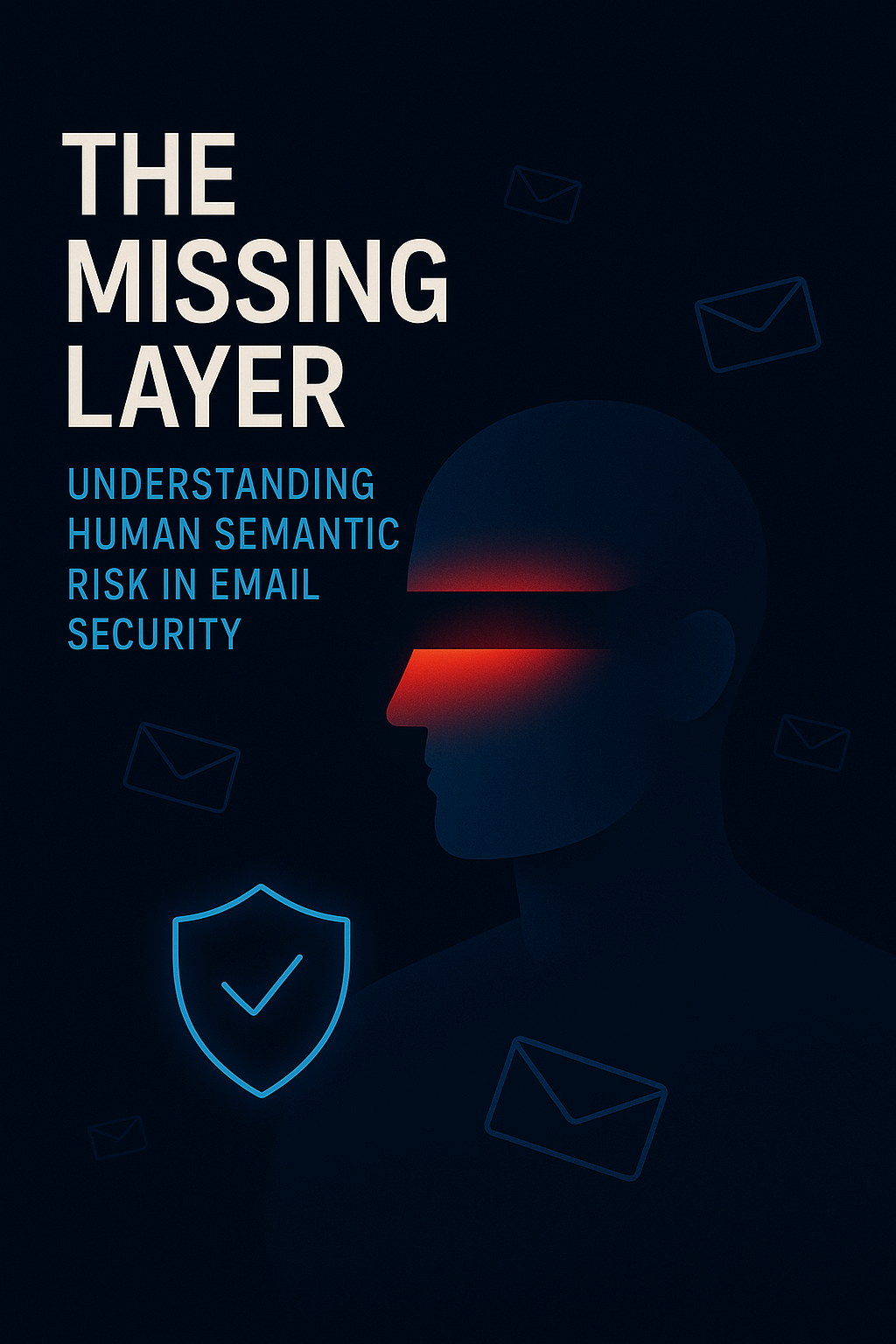
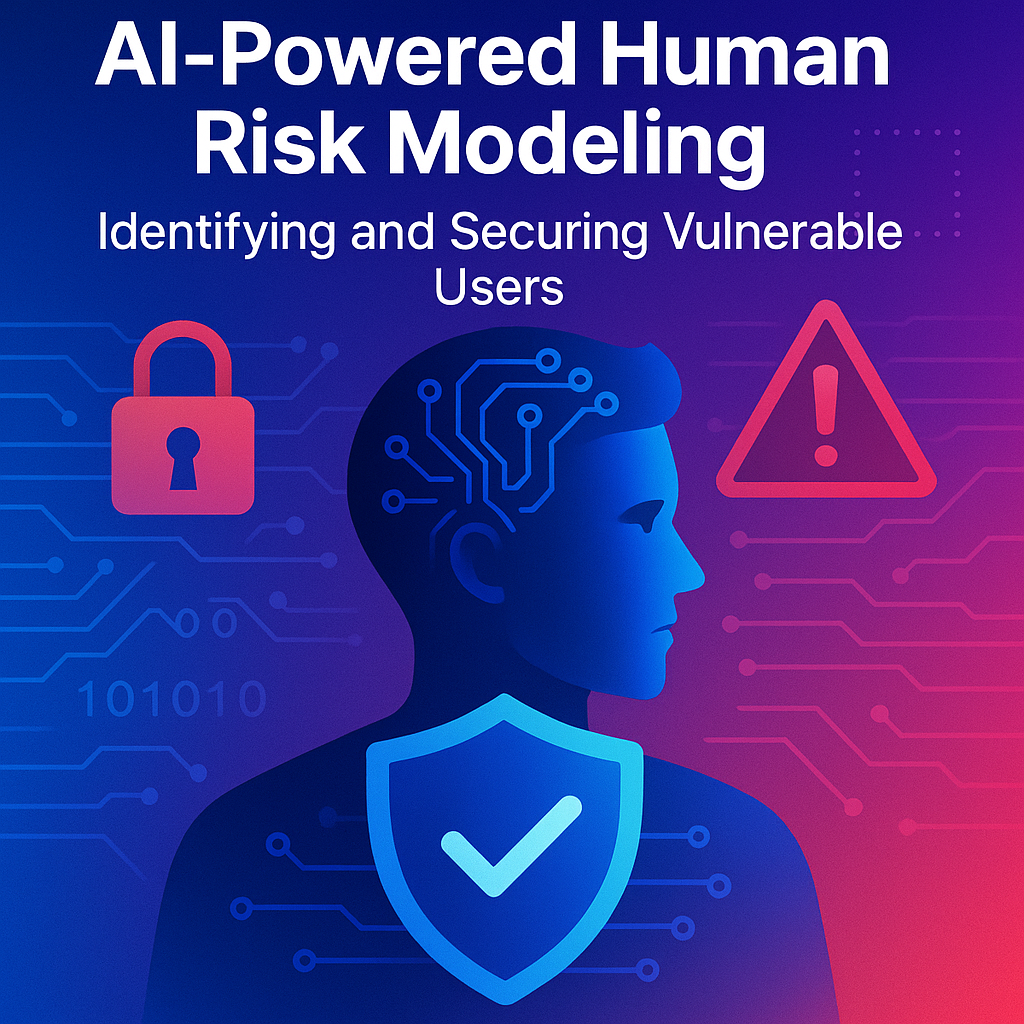




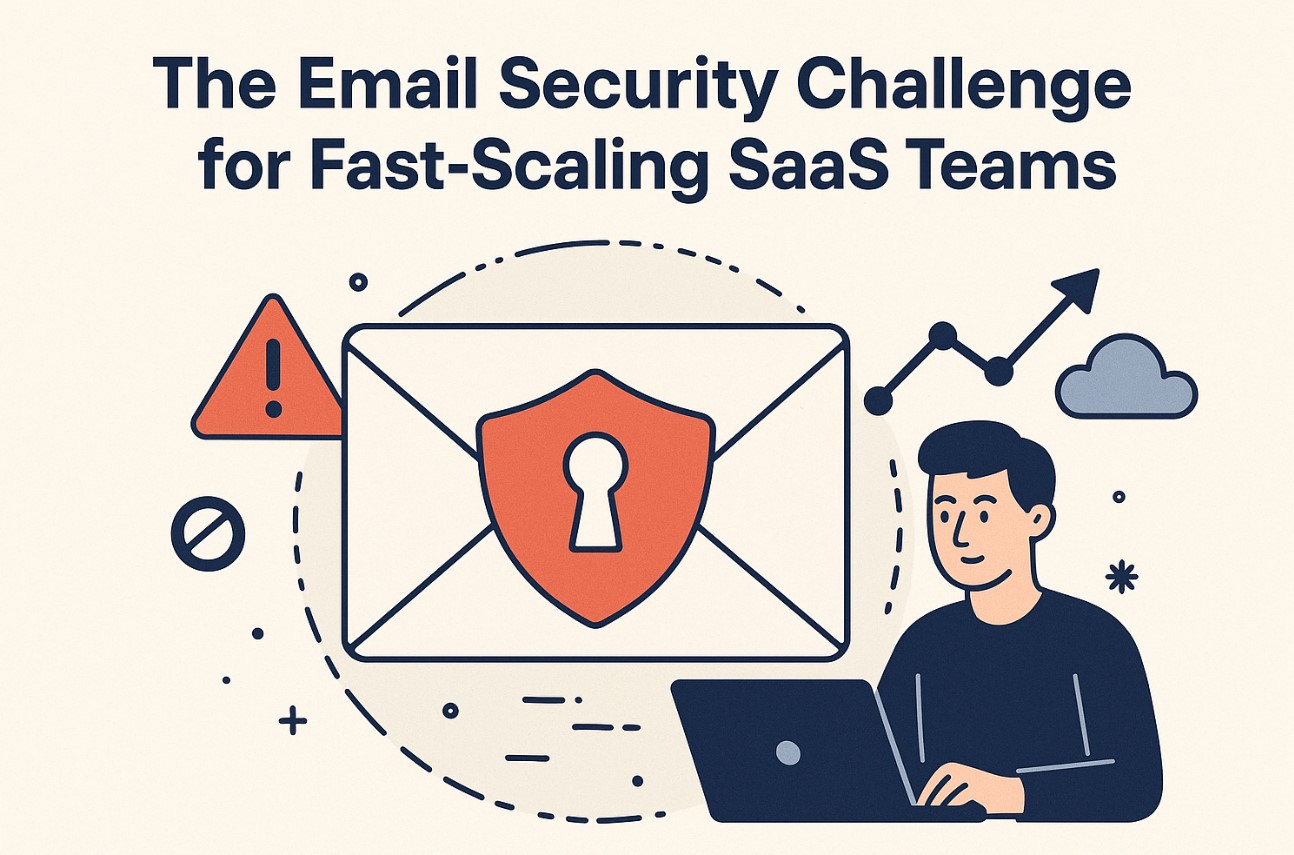
.png)
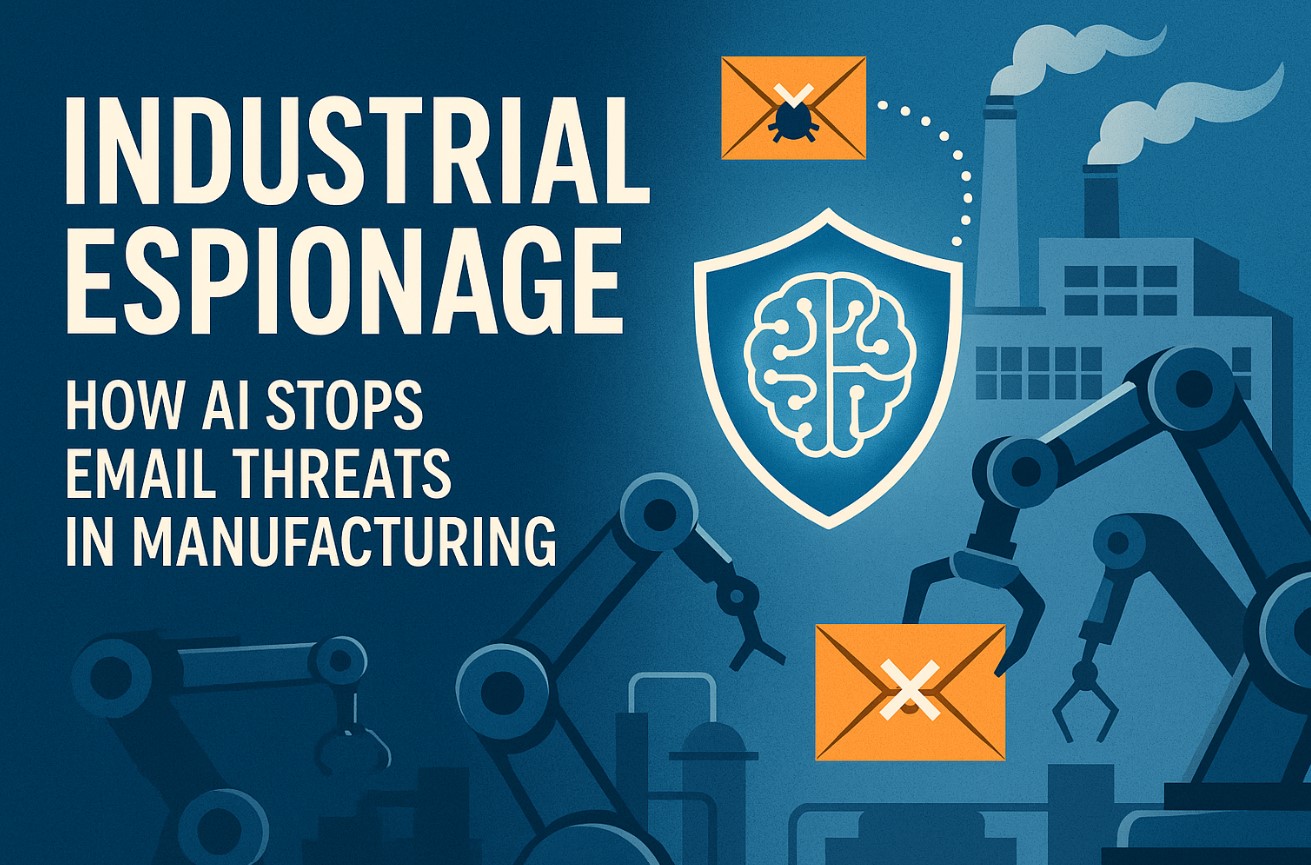



.png)
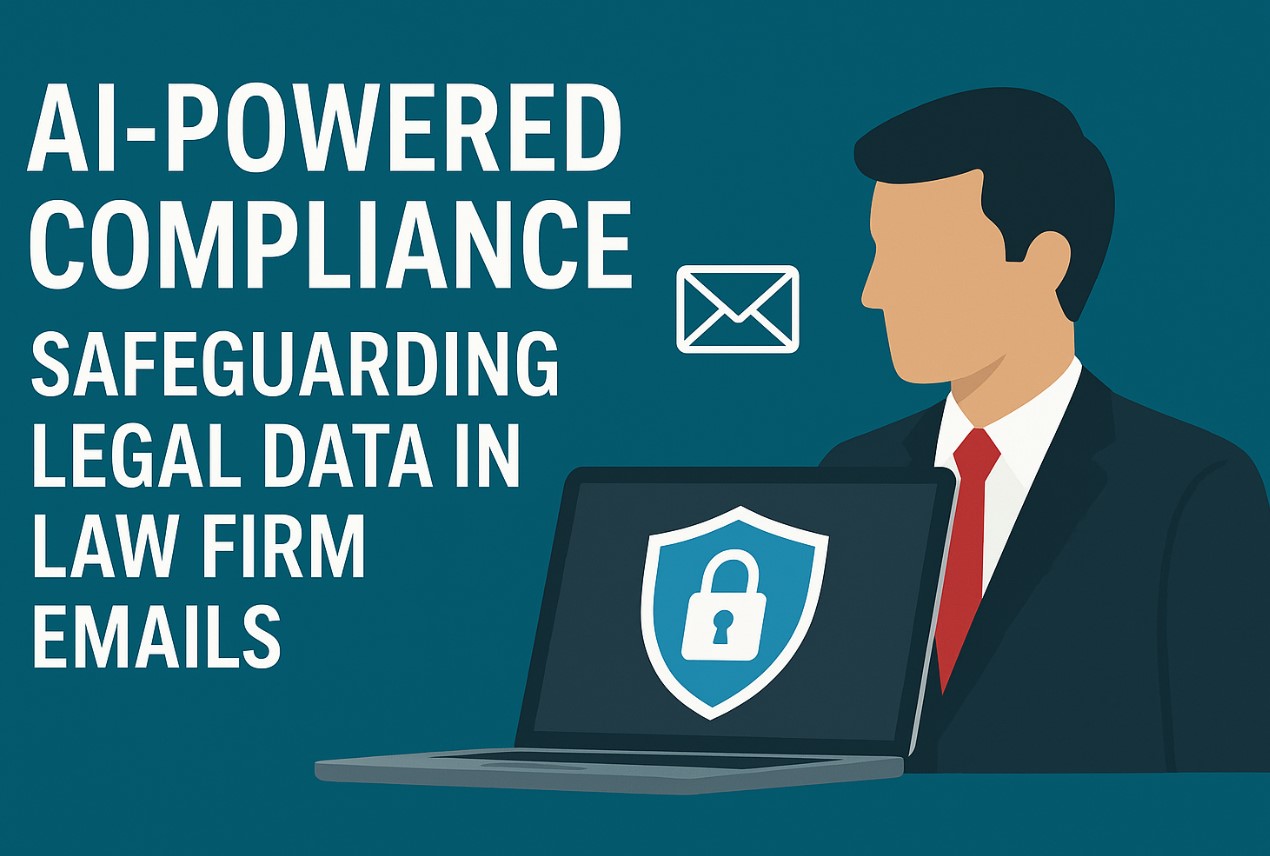
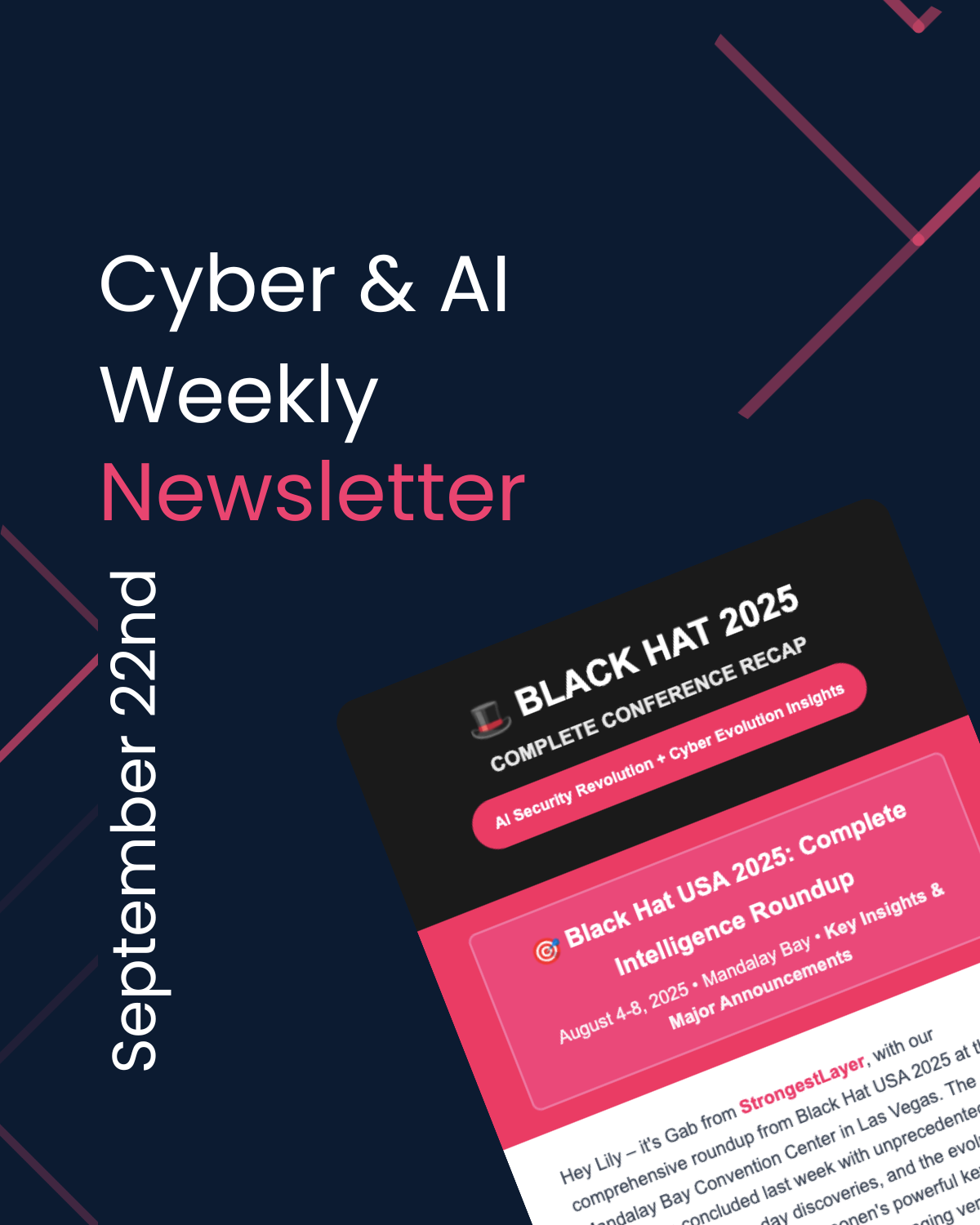
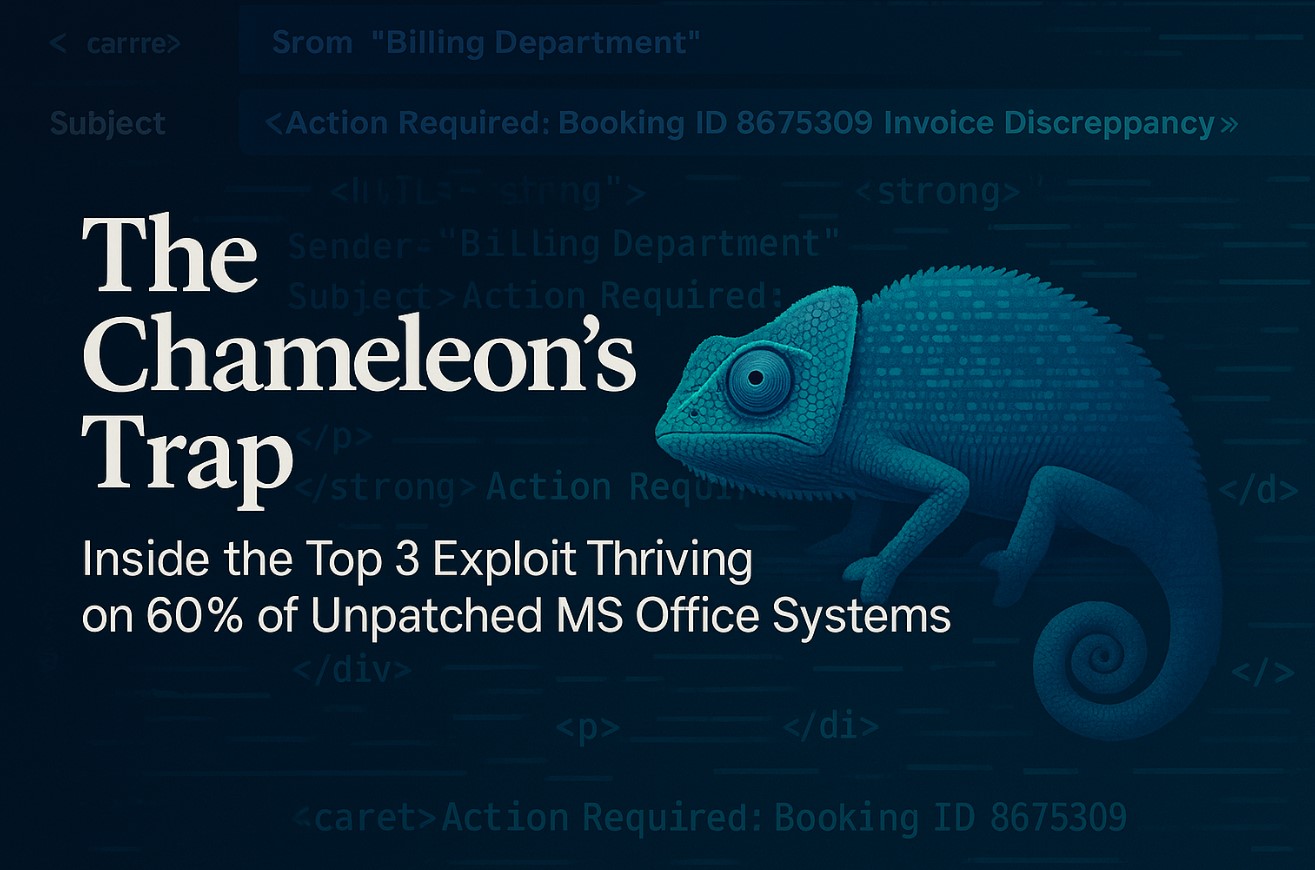

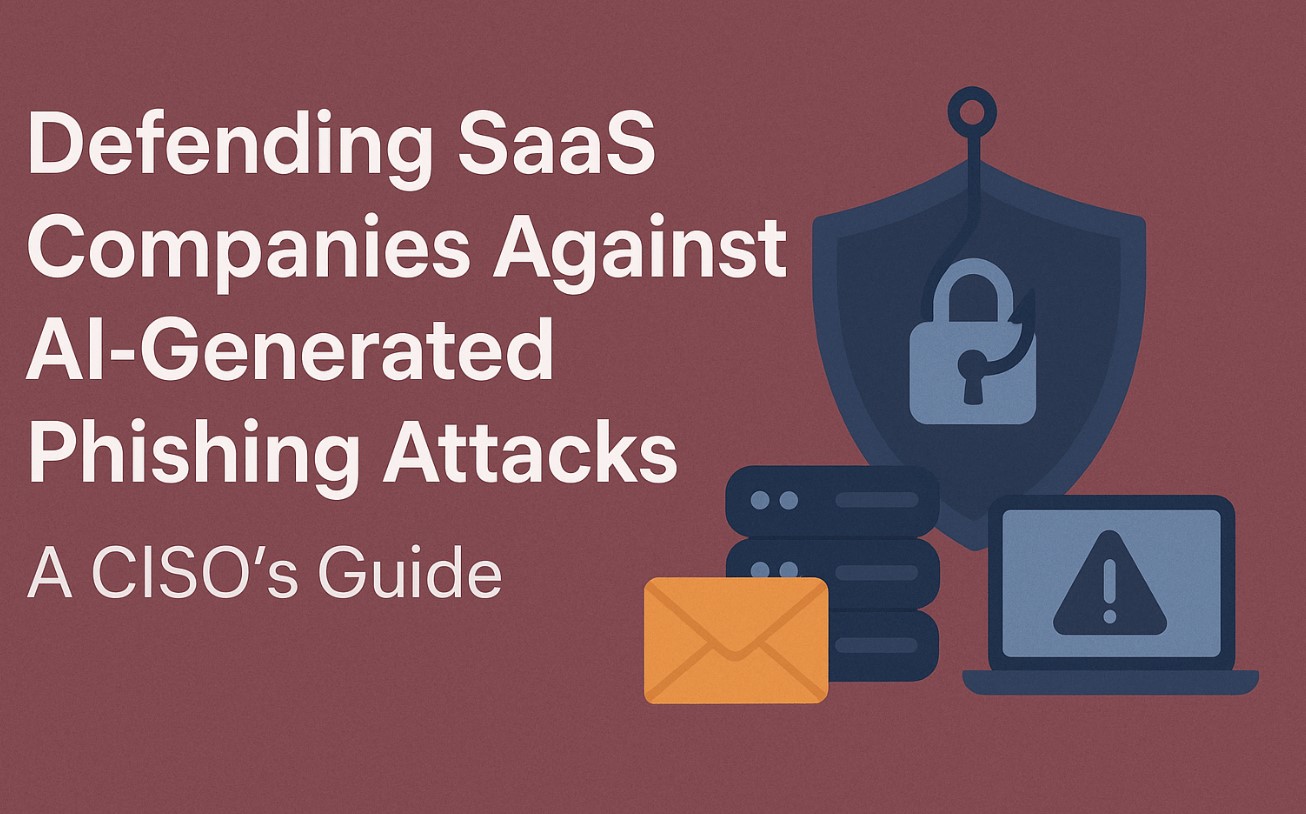



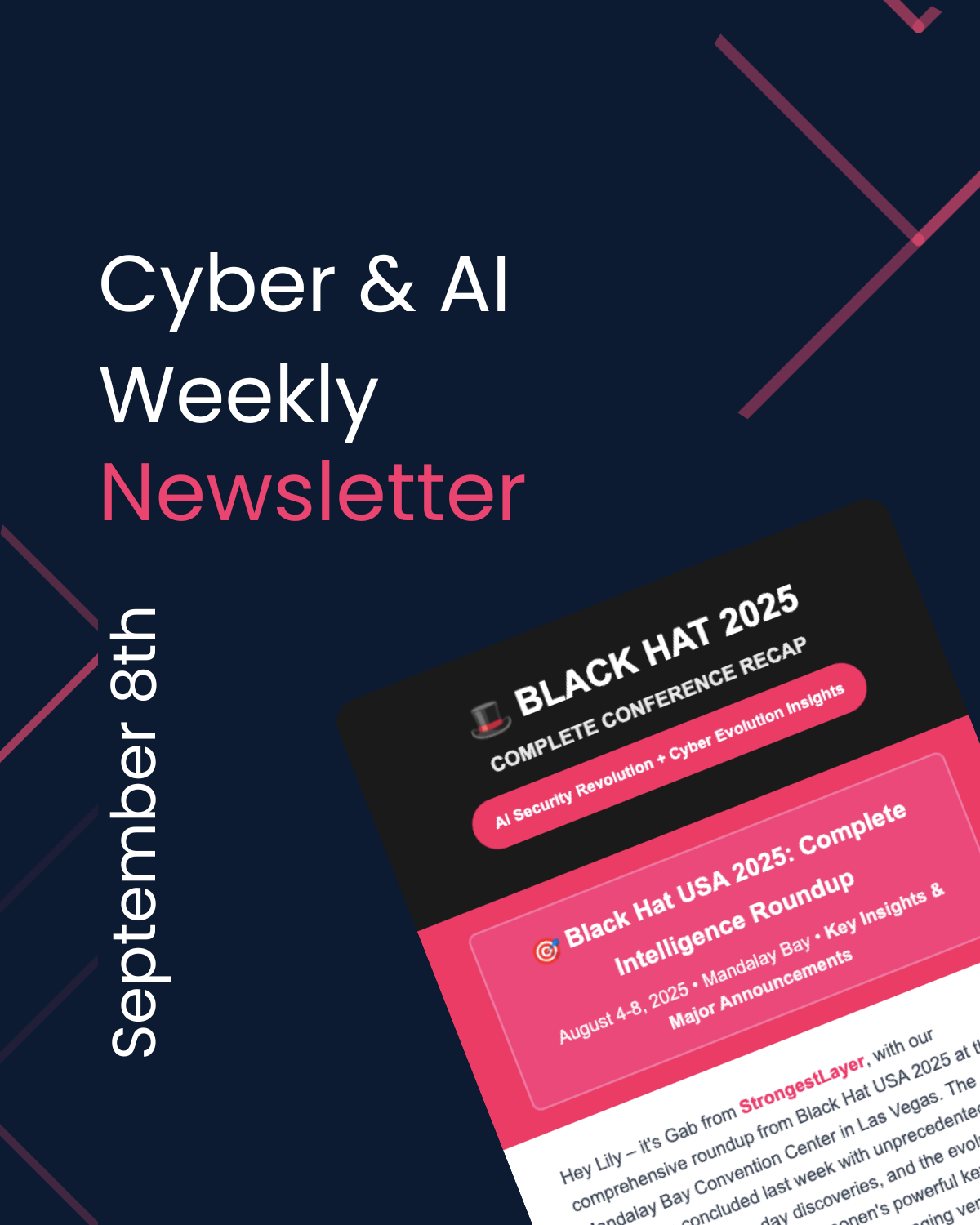


.png)

.png)
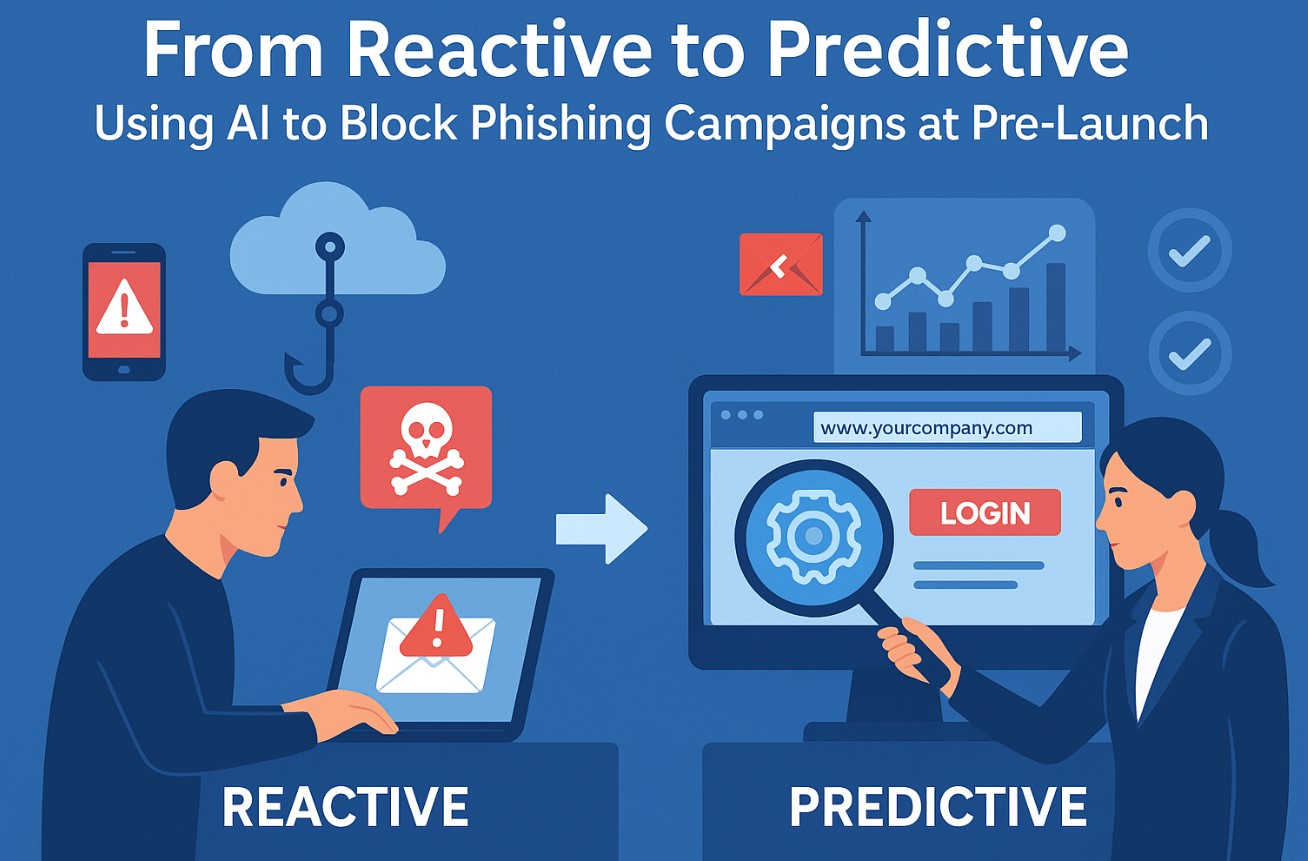


.png)
.jpg)
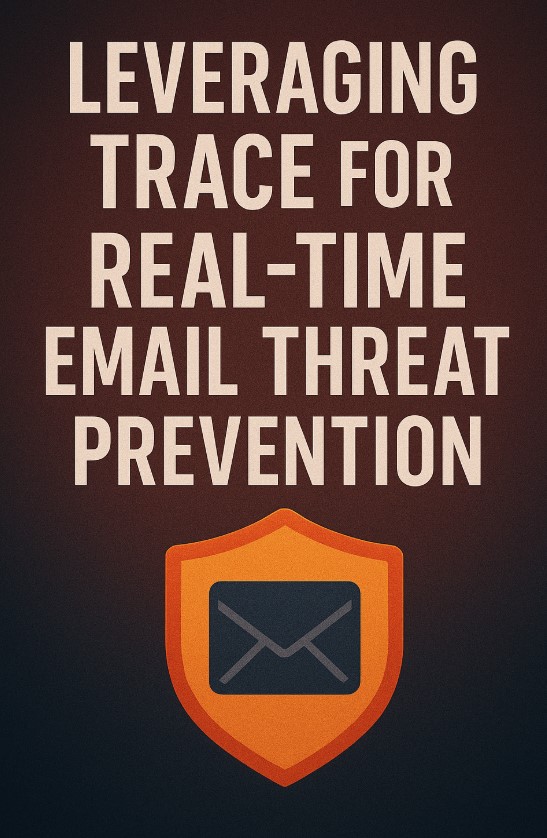
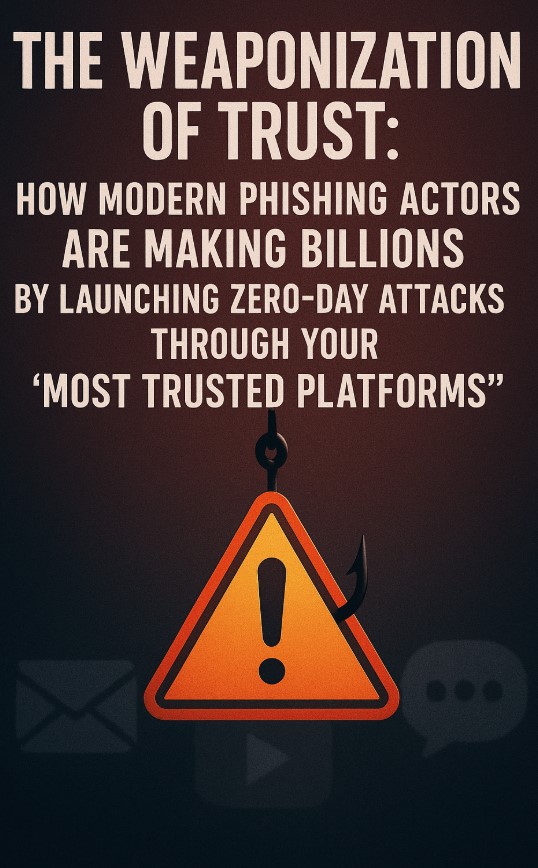
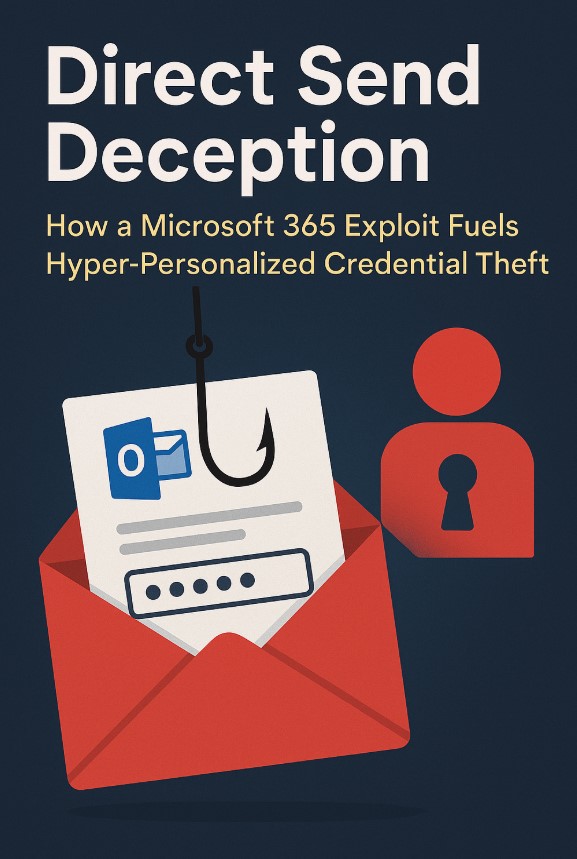
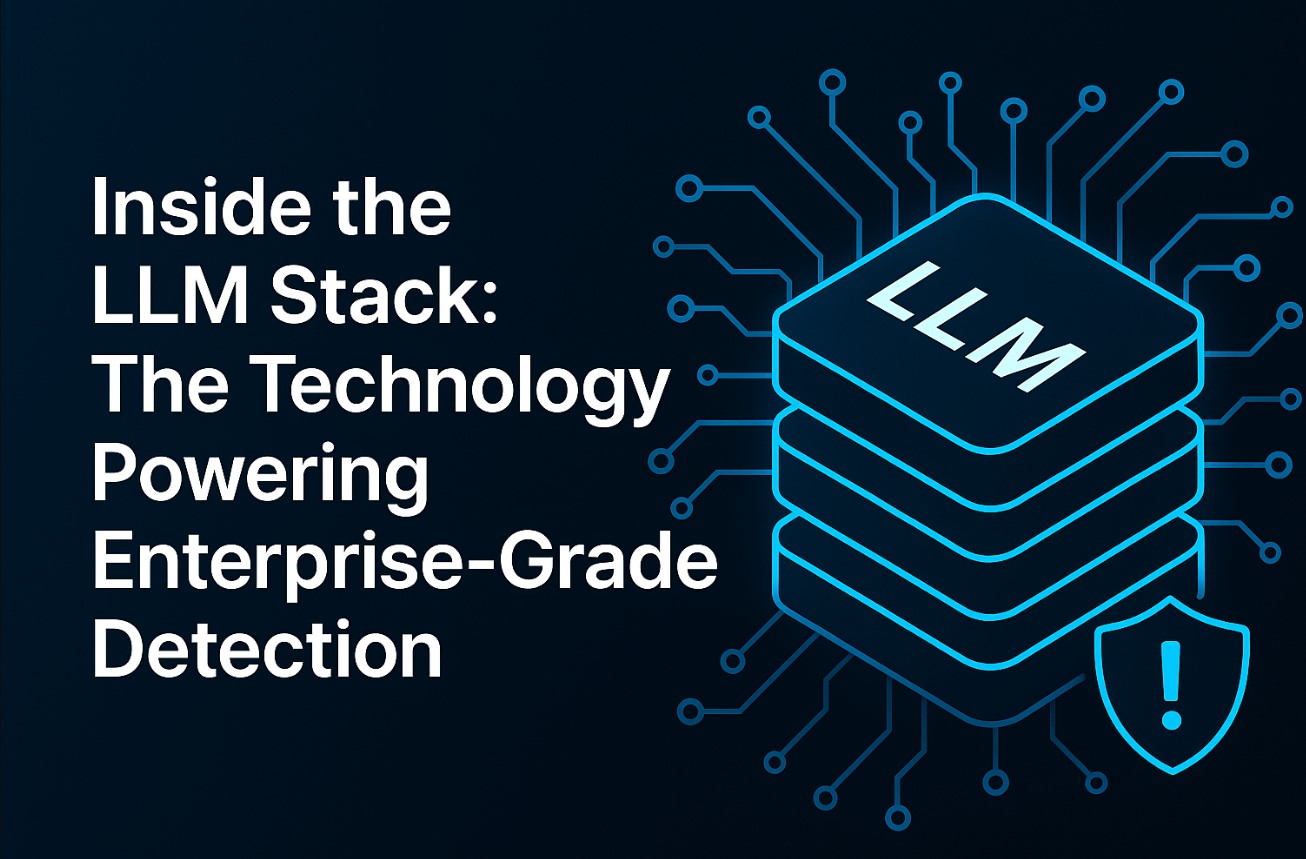
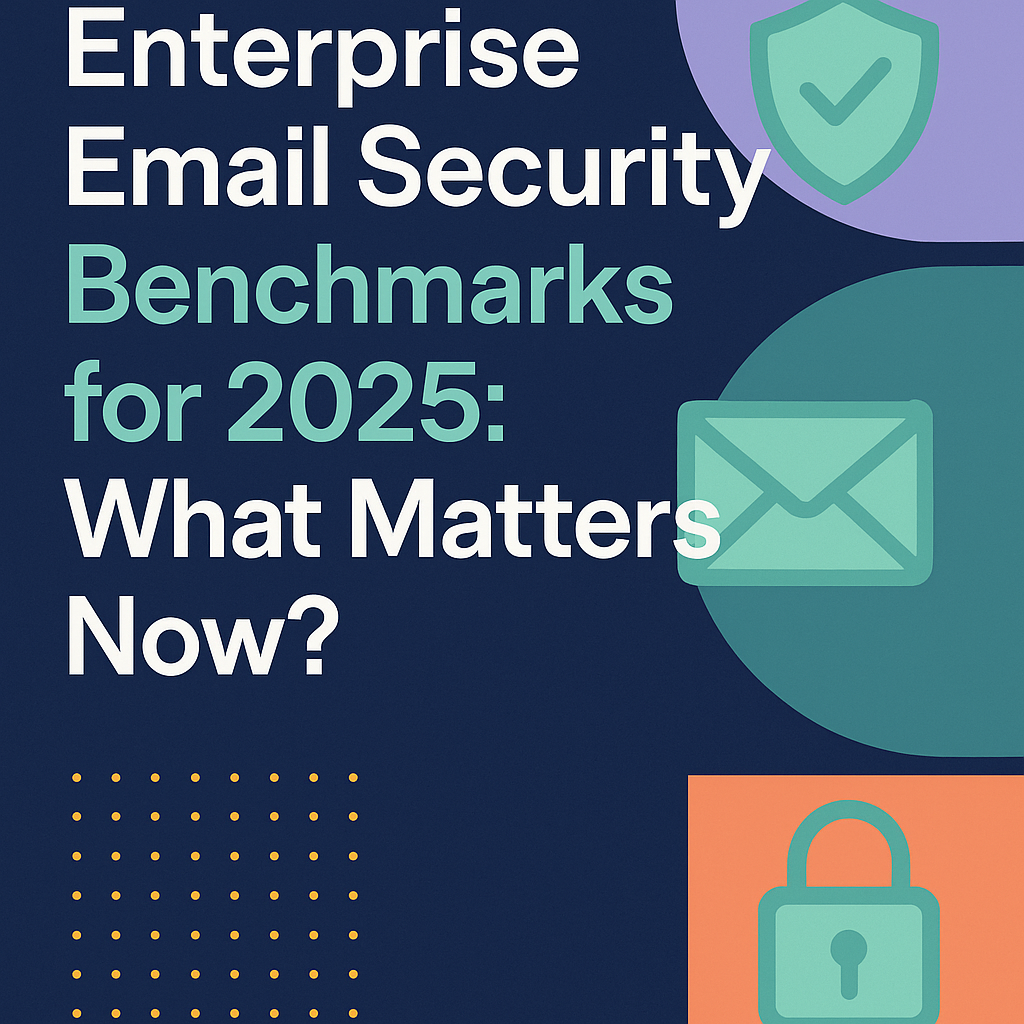
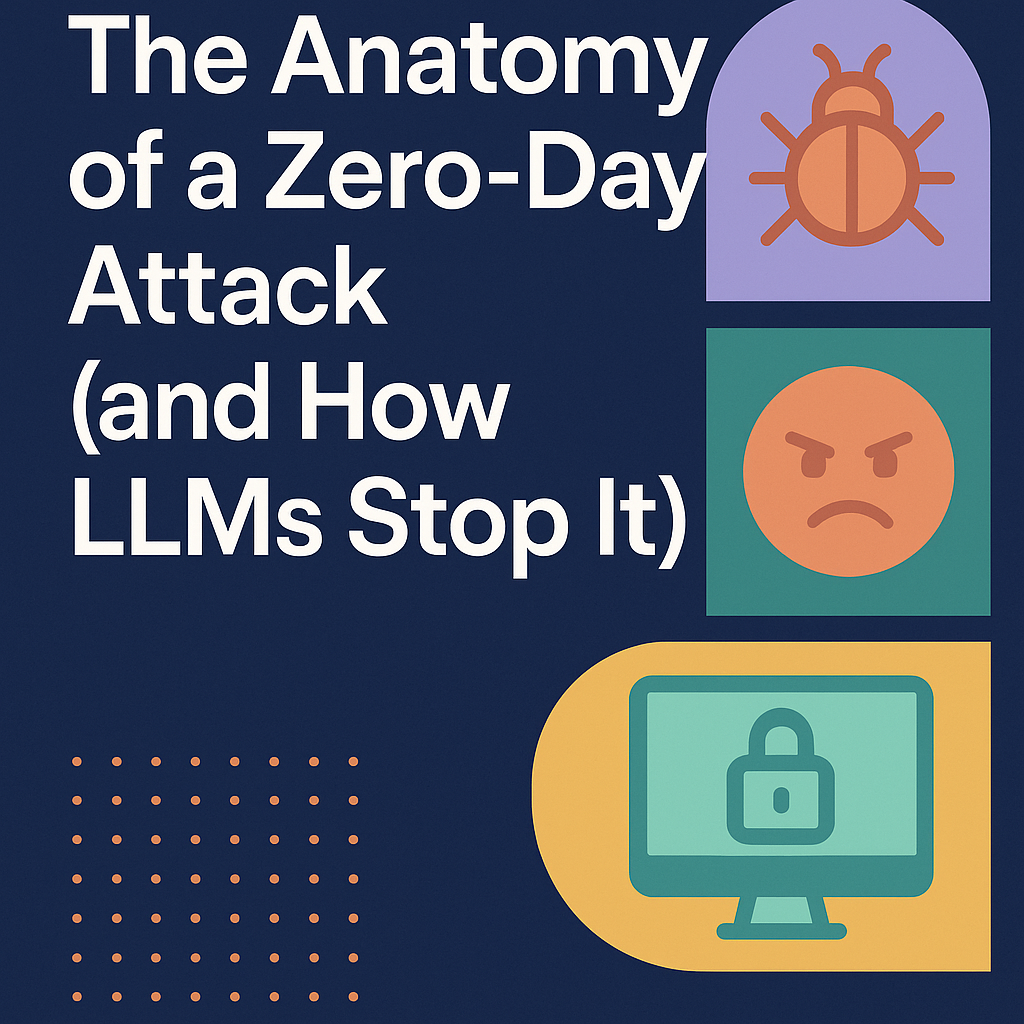

.png)







.png)































%20Attacks%20in%202025.jpg)









